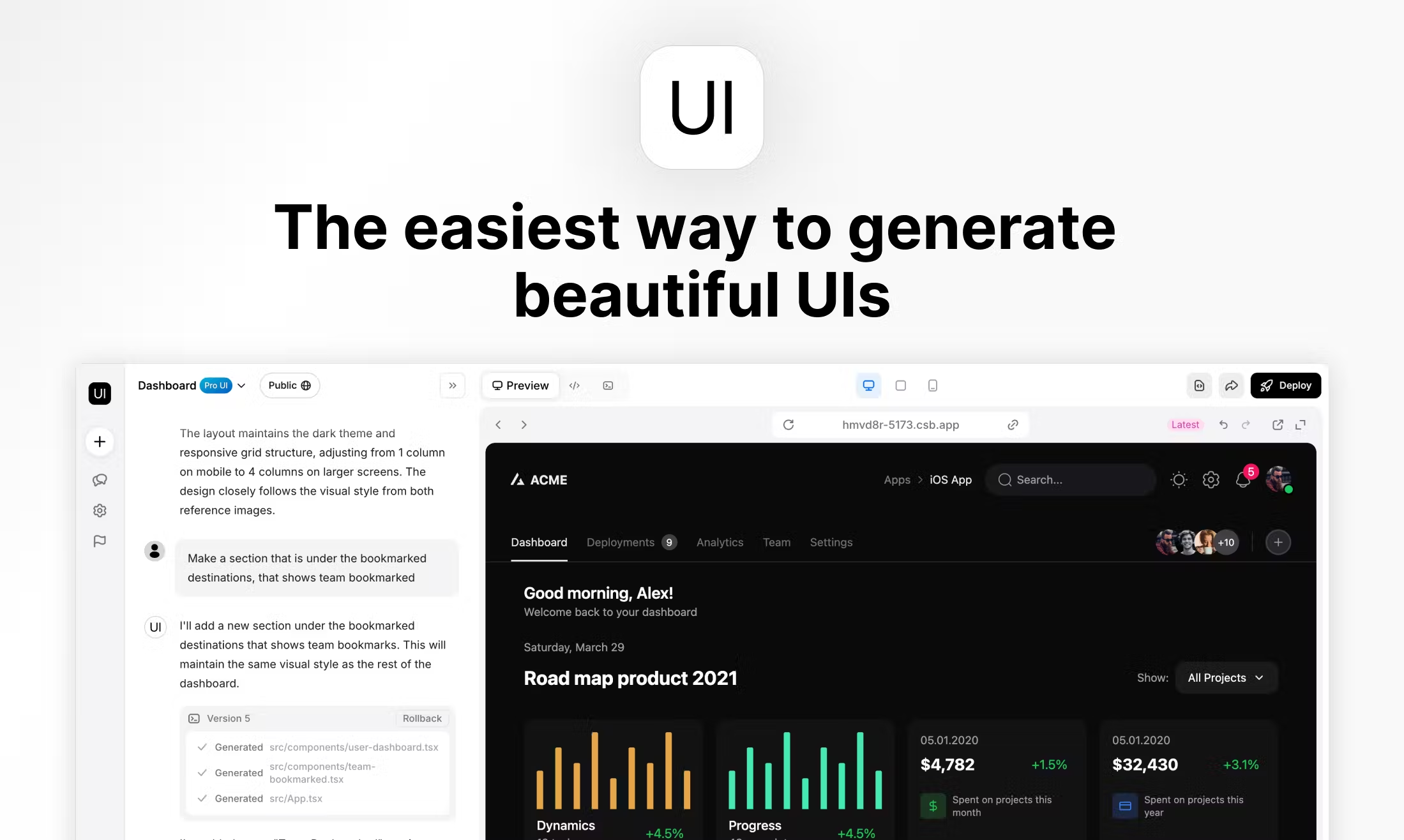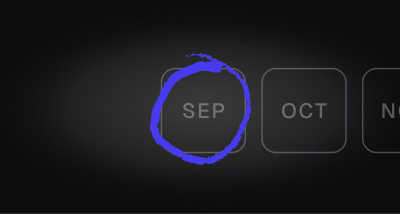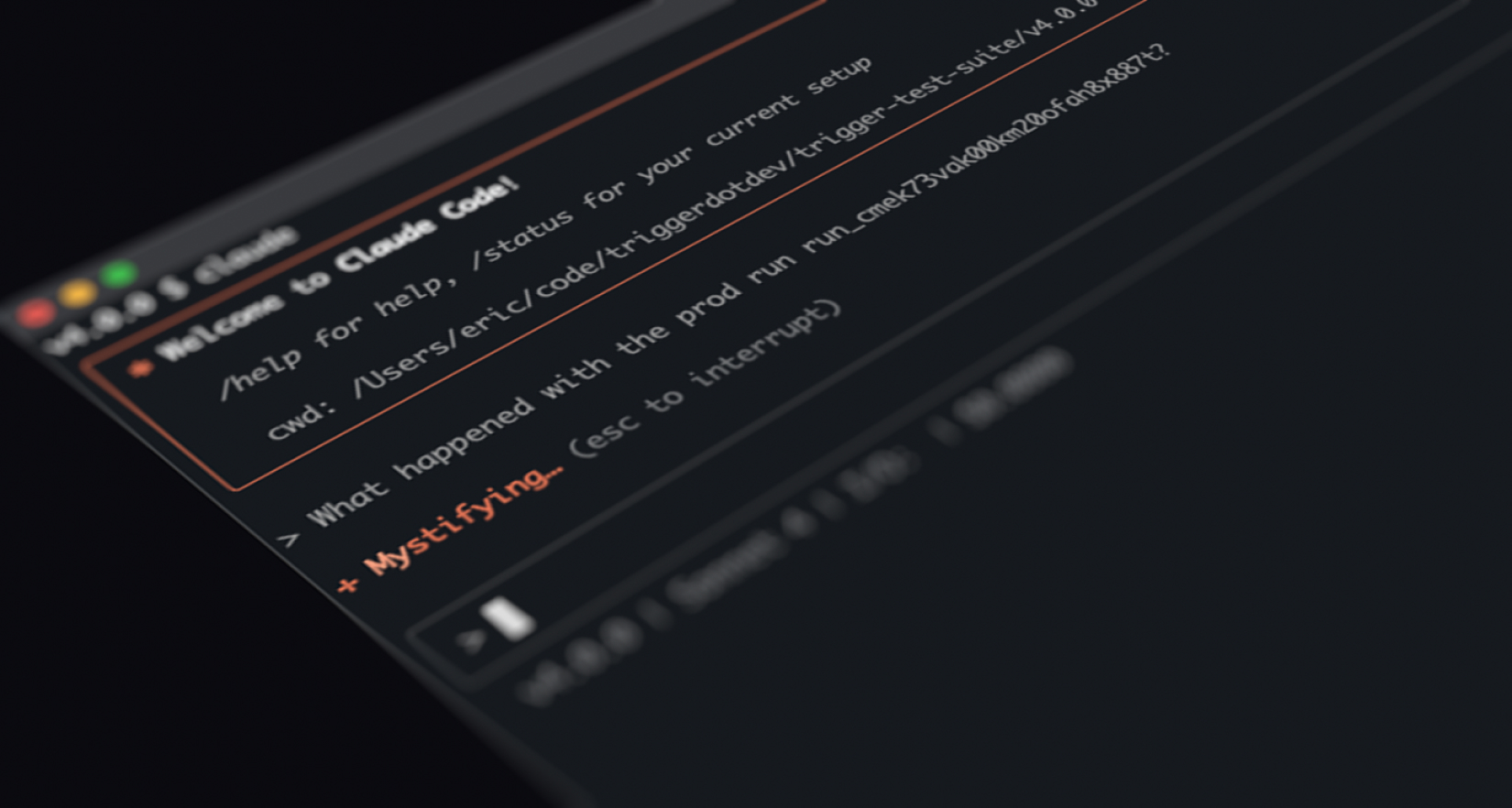Junior Garcia, founder of HeroUI, explains how they use Trigger.dev to orchestrate and visualize the complex deployment pipeline for HeroUI Chat, their AI-powered website builder. HeroUI has 25k+ GitHub stars and 600k+ monthly downloads, serving developers at Apple, Adobe, Microsoft, Oracle and more. HeroUI Chat won the Product of the day on Product Hunt in March 2025.

Building HeroUI Chat: AI that actually creates good UI
We've built HeroUI into the most-used React UI library globally in just 2 years, serving 17,000 developers with 600,000+ monthly downloads. In that time we've identified a fundamental problem with AI coding platforms; they all seem to generate the same generic components repeatedly, wasting tokens and producing poor overall design quality.
Our solution was HeroUI Chat, an AI-powered platform which uses our atomic HeroUI components as building blocks instead of generating code from scratch. This prevents the repetitive outputs you see on other platforms, and gives us a massive quality advantage since our pre-built components handle all the complexity around accessibility, multi-device support, and design variants.
These battle-tested components can then be customized to fit any user's design style and built into production-ready applications that actually work AND look good.
How Trigger.dev solved our deployment challenge
Every time our users click deploy in HeroUI Chat, we need to handle a complex multi-step process and provide real-time feedback to them. This includes preparing the deployment, running npm run build, deploying to multiple global servers, implementing CDN, and configuring custom domains across multiple domain options.
Users need to see exactly what's happening "under the hood" - from build status to deployment progress, which is where Trigger.dev and Realtime came in.
The critical requirement was giving users continuous feedback during the 3-minute deployment window.
We integrate with InstantDB for real-time status sync, and the state needs to persist across page refreshes while showing live progress on our visual deployment dashboard.
HeroUI Chat in action
Why we migrated from AWS to Trigger.dev
We were previously using an AWS background job service that required a dedicated AWS expert developer for maintenance. It was difficult to extract output from middle steps and required significant time investment just to maintain the infrastructure.
The migration benefits were immediate:
- Much simpler for us to send background jobs and listen to changes
- TypeScript support aligned well with our React-focused development
- Visual feedback capabilities that weren't available in our AWS solution
- Dramatically reduced our maintenance overhead
Powering our Product Hunt #1 launch
Since implementing Trigger.dev we've been able to focus on what matters - making AI excellent at UI creation rather than spending a lot of time managing infrastructure.
Our approach of using atomic components instead of generating code from scratch has resonated strongly with our community. Apps built with HeroUI Chat look significantly better than generic AI platforms, and we've avoided the "everything looks like a demo" problem we often see in AI-generated apps.
On 31 March 2025, we won the Product of the Day award on Product Hunt, and have since seen our user base expand to include designers and non-technical founders, not just developers.
The future of HeroUI Chat
We're now working on HeroUI Chat 2.0 with agentic workflows and full-stack app support, and Trigger.dev will continue to be essential for handling the complex background processes that make our platform reliable at scale.













